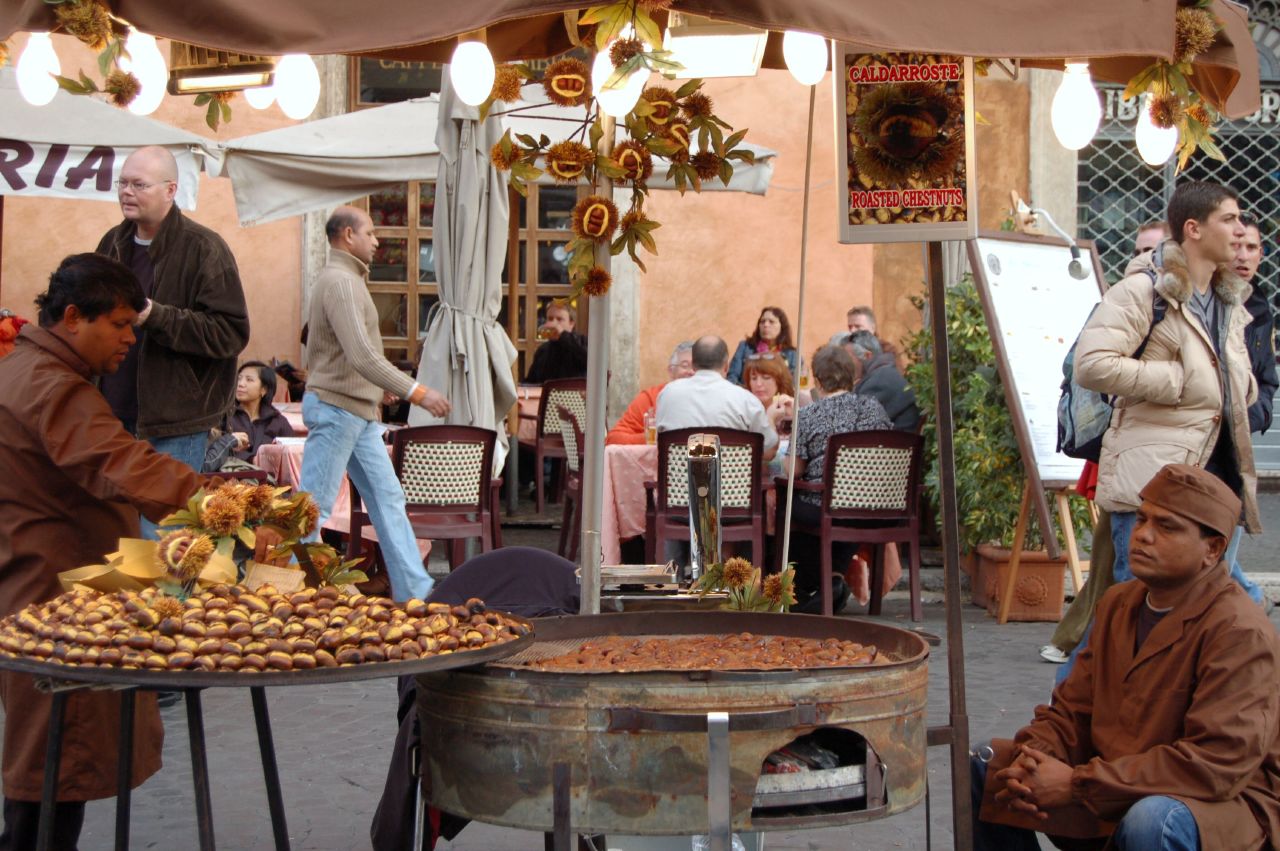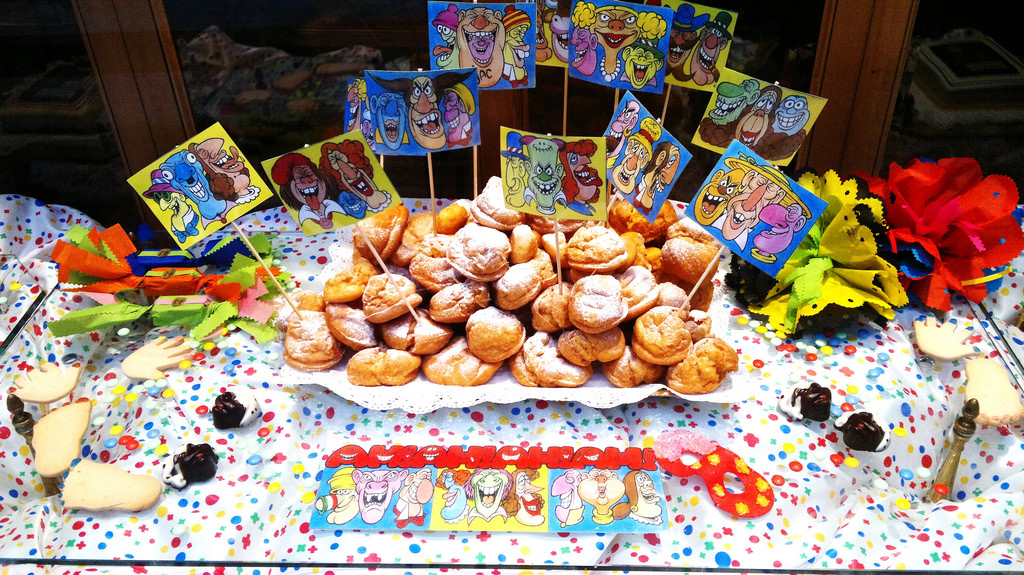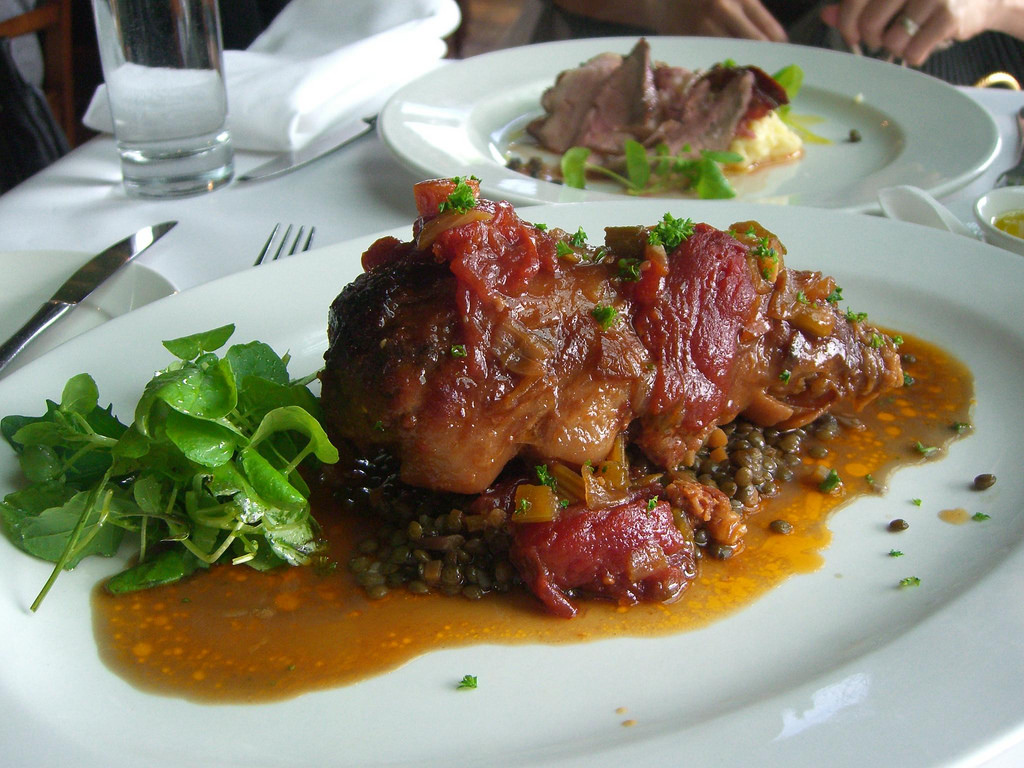Food and Drink: Special Occasion Foods
The majority of Italians are Catholic, and many cultural and national holidays revolve around Christian martyrs and spiritual events. Italians usually abstain from meat and other indulgences during Lent, and food often serves a symbolic purpose in rituals and meals.
New Year
Italians ring in the New Year with a feast on the first of January. Common dishes include lentils, which symbolize money, and rich pork entrées, such as spicy cotechino sausage and zampone (pork legs). These dishes are meant to symbolize the wealth of the coming year.
St. Agatha Day
St. Agatha of Sicily was a martyr who refused the advances of a nobleman and steadfastly professed her Christianity. As punishment, she was tortured and her breasts were forcefully removed. St. Agatha’s devotion and sacrifice are celebrated annually on the 5th of February, with symbolic loaves of bread and breast-shaped pastries called minni di Sant’Agata or minni di virgini.
Carnevale
Carnevale is the indulgent festival that ushers in the period of Lenten abstinence, particularly with regard to meat. Rich polenta and pasta dishes, such as lasagne, gnocchi, and tortelli, are enjoyed with a variety of deep-fried fritters.
Easter
Easter Sunday is the culmination of a week of Christian rituals, as well as the first major celebration of spring. Feast tables are laden with vibrant, fresh vegetables and symbolic items that mark the end of Lent. The egg, lamb, and dove are powerful Christian iconographic symbols celebrated in the foods of Easter. Italians eat dove-shaped cakes called colomba pasquale to symbolize peace, and roast lamb is a typical main course. Frittatas, boiled eggs, and egg-heavy breads are common, and chocolate eggs are a favorite treat for children.
Christmas
Christmas dinner is a major family holiday for Italians. Capitone (stuffed eel) is popular in Rome, but in the north, roast pork, sausages, and turkey are more common. Chestnuts are widely eaten, and many candies or chocolates contain nuts, to symbolize fertility. Chestnuts are also traditionally eaten on the day after Christmas, St. Stephen’s Day.
Article written for World Trade Press by Christine Kiilerich.
Copyright © 1993—2024 World Trade Press. All rights reserved.

 Italy
Italy 


